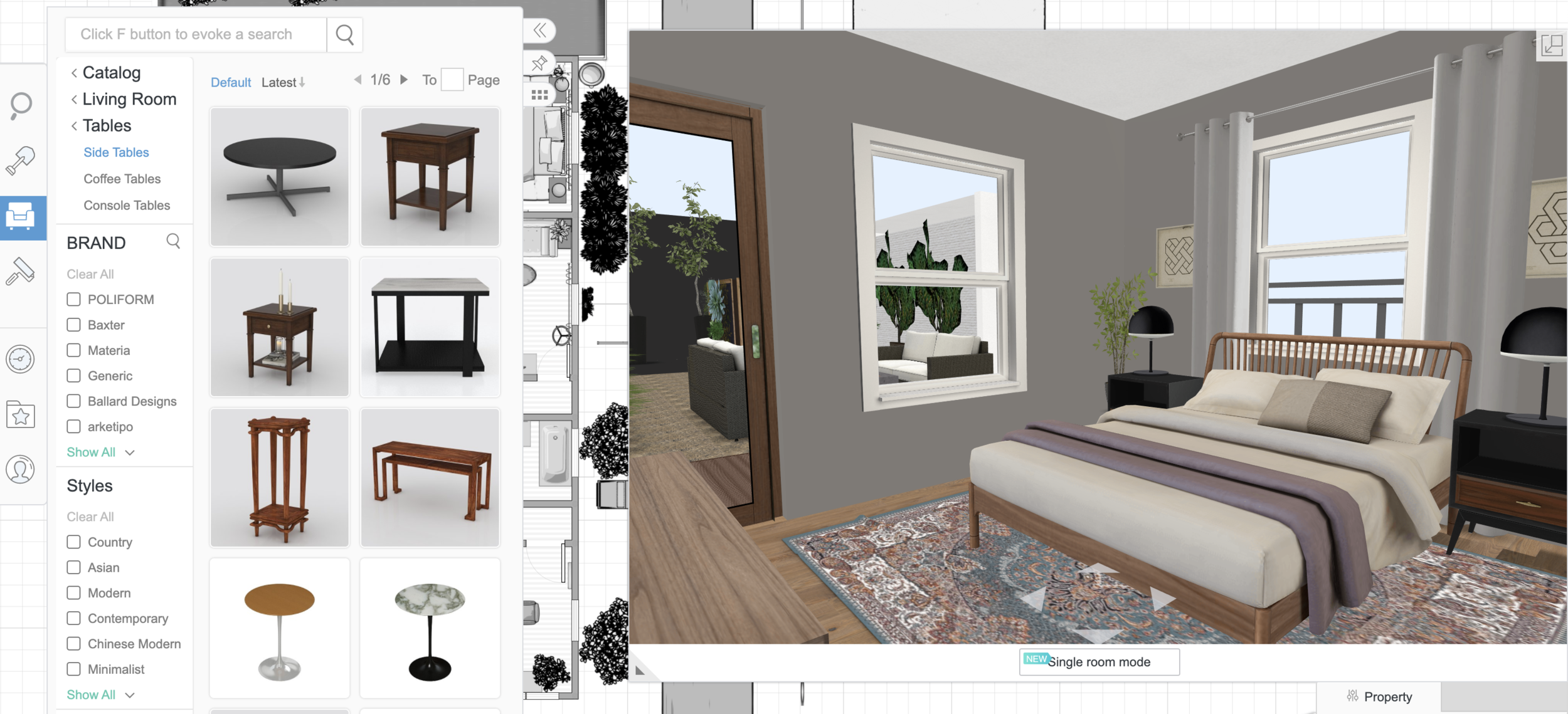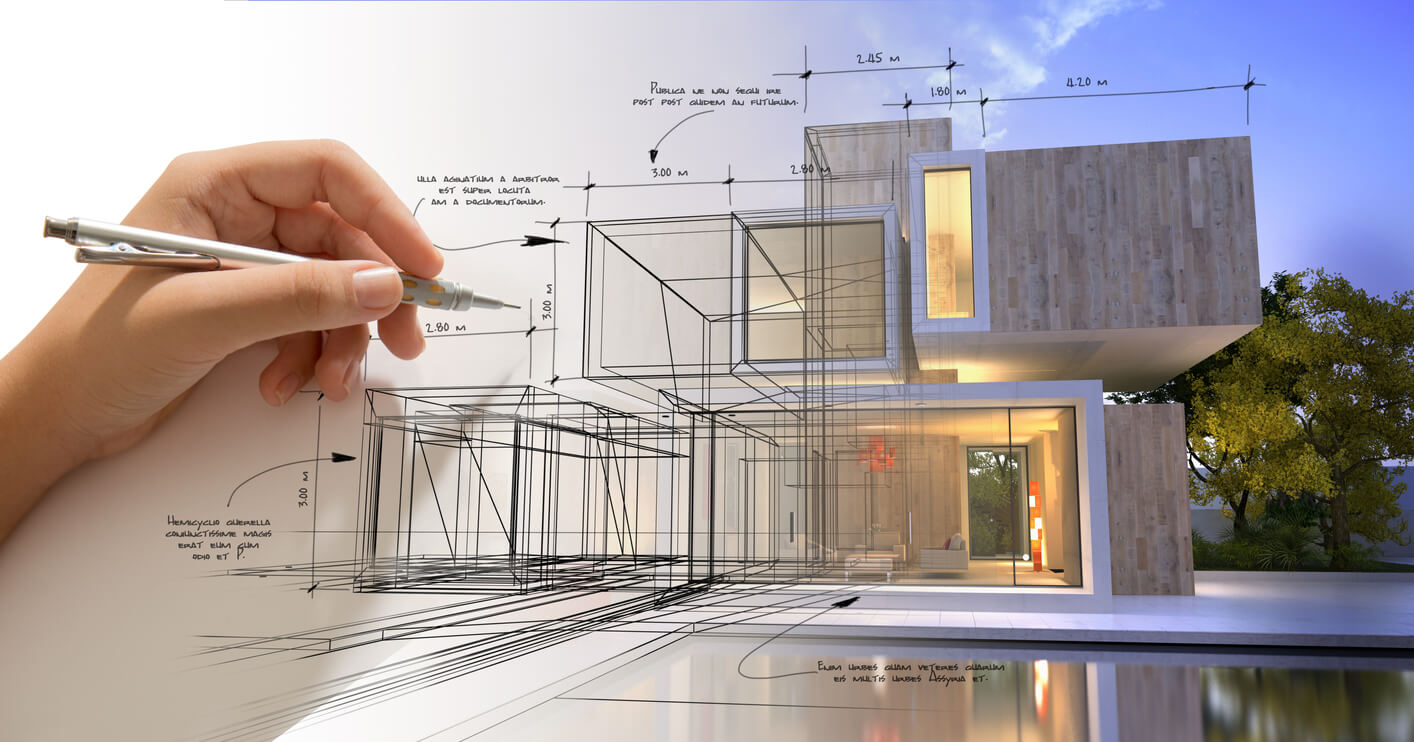
Embarking on a DIY home improvement project is an exciting venture, but without the right tools, it can also feel overwhelming. Thankfully, the digital age has provided countless resources to make planning easier, smarter, and more efficient. Gone are the days of traditional pen-and-paper planning. Today, computers and technology can be your best allies, providing innovative tools that streamline your process from start to finish. Whether you’re looking to renovate a small room or overhaul an entire space, computer planning tips are here to help you achieve success with ease.
1. Visualize Your Space with Digital Design Tools
One of the most powerful advantages of DIY home improvement with computers is the ability to visualize your projects in 3D. Gone are the days of guessing how a new sofa will fit or whether a fresh coat of paint will work with your existing decor. Digital design for success provides an immersive experience, allowing you to see every aspect of your home transformation before you lift a finger.
Programs such as SketchUp and Roomstyler let you design and manipulate your space digitally. These tools offer customizable templates, so you can easily create room layouts, experiment with color schemes, and even add furniture or decorative items. Most importantly, you can try different designs and layouts without worrying about wasting time or money. Digital planning eliminates much of the guesswork, making it easier to make decisions that align with your vision for the space.
2. Plan and Budget Smartly
No matter the size of your renovation, budgeting is always a key consideration. Fortunately, computers offer various tools to help you keep your costs in check while staying organized. Apps like HomeZada or Houzz allow you to track your expenses, set a realistic budget, and manage your project finances. These tools are invaluable in providing a clear breakdown of costs, helping you avoid unexpected expenses and ensuring you don’t overspend on materials or services.
Additionally, some digital platforms let you create a shopping list for all the materials and supplies you’ll need, making it easy to compare prices and stick to your budget. By utilizing these digital tools, you can plan your project efficiently and allocate funds appropriately, ultimately achieving the renovation of your dreams without financial stress.
3. Renovation Strategies with Tech
Renovation strategies with tech go beyond just design and budgeting; technology can help with every stage of your DIY journey. For instance, augmented reality (AR) apps like IKEA Place or Houzz’s View in My Room allow you to place virtual furniture and decor items into your actual living space. This real-time visualization tool helps you ensure that the pieces you select will fit perfectly in the intended room, saving you the trouble of second-guessing your choices.
Additionally, tech tools can provide you with step-by-step tutorials and professional advice, all from the comfort of your home. Websites like YouTube and DIY blogs offer countless resources where experts share their renovation knowledge. These platforms can guide you through complex tasks like tiling, painting, and installing fixtures, making sure you have all the information you need to complete each phase of your project with confidence.
4. Create a Detailed Project Timeline
One of the most challenging aspects of any renovation is staying on schedule. Without a clear plan and timeline, it’s easy to lose track of your progress and run into delays. Fortunately, computers offer powerful project management tools like Trello, Asana, or Microsoft Project that help you map out tasks, set deadlines, and track progress.
These tools allow you to break down your renovation project into smaller, more manageable tasks, helping you stay focused and organized. Whether it’s scheduling a trip to the hardware store or coordinating with contractors, having everything laid out digitally makes it easier to stay on top of every step. Plus, many of these platforms allow you to collaborate with others, which is especially useful if you’re working with family or professionals.
5. Access Expert Design Inspiration
Sometimes, all you need is a little inspiration to kickstart your project. Luckily, the internet offers a wealth of ideas and resources to ignite your creativity. Websites like Pinterest, Instagram, and Houzz are filled with visual inspiration and design ideas that cater to every style and budget. Whether you’re interested in a minimalist, industrial, or bohemian aesthetic, you can easily find photos, tips, and tutorials to spark your imagination.
By browsing these platforms, you can gather ideas for color palettes, furniture arrangements, lighting solutions, and more. Digital resources not only inspire but also provide practical tips, from choosing eco-friendly materials to incorporating smart home features, allowing you to create a space that’s both stylish and functional.
6. Design for Function and Flow
While it’s tempting to focus solely on aesthetics, it’s crucial to consider how your space will function in daily life. DIY home improvement with computers makes it easier to balance both form and function. Using digital design tools, you can experiment with different layouts to improve traffic flow, optimize room use, and ensure the space suits your needs.
For example, designing a home office layout involves considering factors like natural light, power outlets, and storage solutions. By planning your layout digitally, you can easily reposition furniture or try different configurations to achieve the most functional setup. Similarly, if you’re renovating a kitchen, you can use digital tools to maximize counter space, streamline appliance placement, and ensure that your cooking area flows efficiently.
7. DIY with Confidence and Precision
With the help of computers, even the most ambitious DIY project becomes much more manageable. Renovation strategies with tech allow you to plan every detail with precision and confidence. You can view your space in three dimensions, estimate costs, consult experts, and create a detailed timeline—all with just a few clicks.
The beauty of digital planning is that it empowers you to tackle your home improvement goals without feeling overwhelmed. Armed with the right tools, you can transform your space efficiently, on time, and within your budget. Moreover, you can easily share your plans with contractors, interior designers, or family members, ensuring that everyone is on the same page.
Conclusion
Embracing technology for your DIY home improvement project is a game-changer. From computer planning tips to digital design for success, the tools available today make the entire process smoother, more organized, and far more enjoyable. Whether you’re just starting or deep into the renovation, integrating digital tools into your process gives you the power to plan, visualize, and execute your dream space with confidence. So, get ready to turn your vision into reality and enjoy the satisfaction of a home improvement project that’s both stylish and functional.




